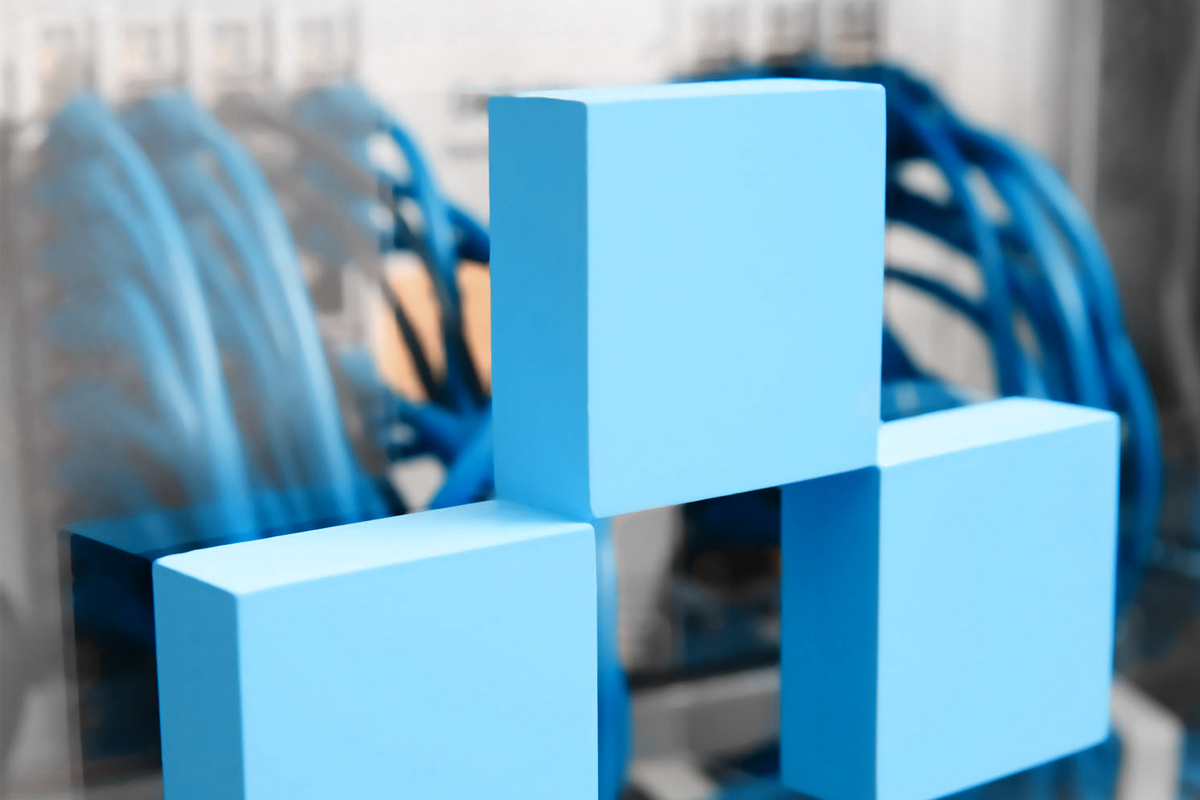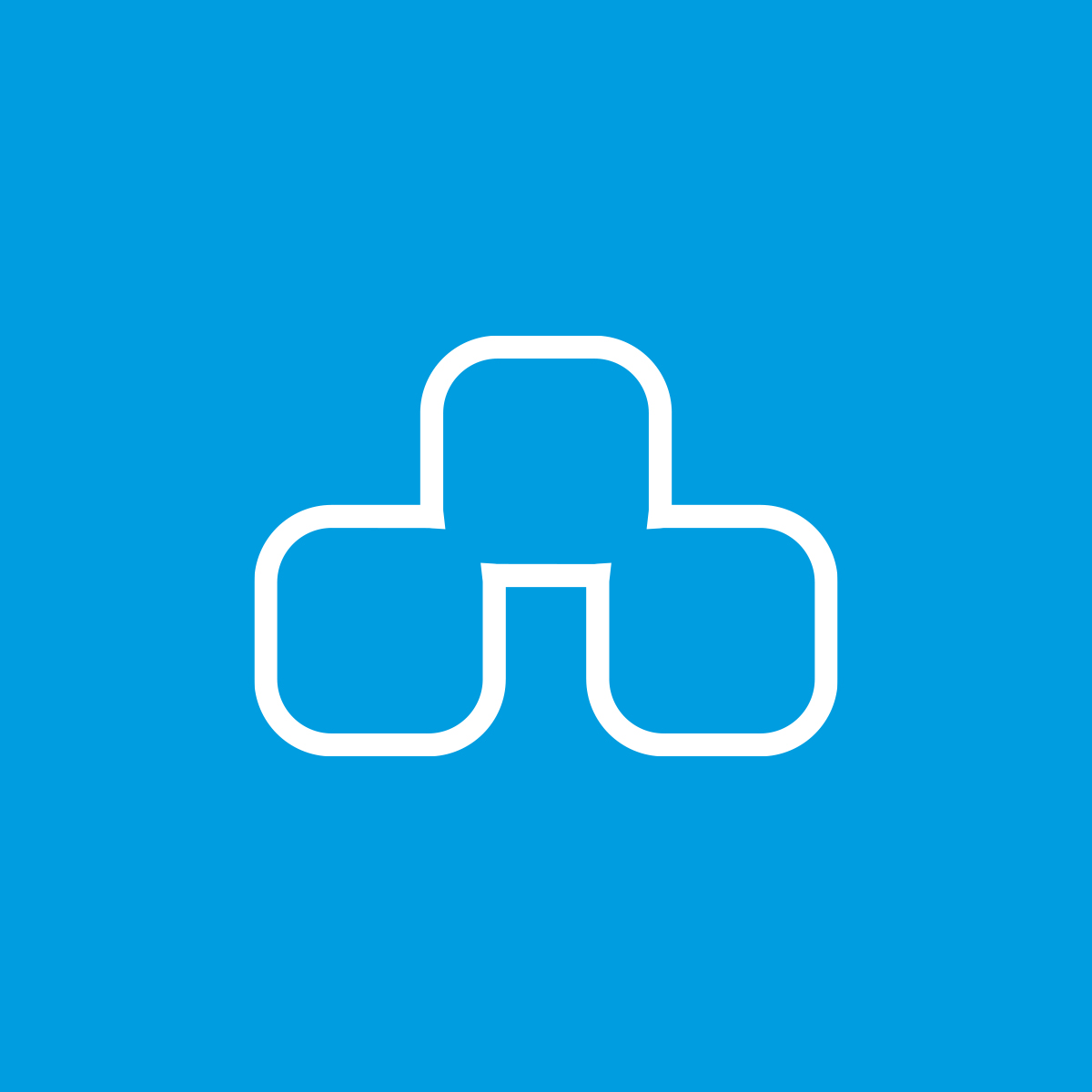Four Steps For Introducing A CMS For Technical Documentation
Introducing a CMS is probably the largest infrastructure project that any technical writing department will take on. It is very similar to building your own home: there's a lot to consider, all tasks and processes are new, and it feels as though your entire future depends on the success of the project.

Like with building your own home, it is therefore worth utilizing the experience of people who have already completed this task or professionals who deal with this task on a regular basis. We have therefore outlined here the typical process of a successful CMS introduction project, as we have repeatedly observed it with our customers.
1. Obtaining budget approval
Every successful project begins with specific preparation. An important starting point is within your company itself. Because the more support you can gain, the easier it will be to choose a powerful system. Find other departments that could benefit from your work. Does a CMS finally allow manuals to be published on the website as well? Can the sales department work with a better basis for argumentation through more targeted data storage?
There are many departments in companies that can benefit from the services of a modern technical writing department and that then also support the introduction of a CMS. Together with these supporters, you can find arguments for obtaining budget approval. As soon as you know what you want to achieve, the time and cost for the introduction can be estimated. Then you can work on obtaining a decision from management and budget approval.
2. Increasing level of maturity
Working with a CMS significantly differs from a file-based working method in a few ways. You can therefore establish the editorial basis even before deciding on a specific CMS. CMS-based technical writing means modular work. Make sure that recurring content can be identified in your content database and determine which translations go with which documents. In doing so, you will make the migration of legacy data into the new system easier.
You should also already thinking about how the migration to a CMS environment should be performed. Will you transfer the data into the system in a one-off action, or bit by bit, as soon as the CMS is installed? The second option appears tempting but often has its drawbacks; after all, the longer the transition lasts, the later you fully benefit from the CMS. A transition also means a significant amount of work. You should make sure you know beforehand whether your acute workload allows you the time to devote to these migration tasks.
As mentioned earlier, working with a CMS means a change to writing and editorial habits. You can also work on this by preparing the team and other departments for the new processes and by acquiring the basic techniques of a CMS-based working method through training.
3. Choosing a system
Only now – or with a slight overlap with step 2 – is the actual system chosen. In preparation, you can obtain a market overview on the internet or at trade fairs. The market for CMS systems for technical writing is relatively mature and there are solutions for every need. Create use cases and define criteria based on the targets that you established in the first step.
Based on these criteria, you can now decide which provider you will ask for a demonstration. Many CMS manufacturers also offer test drives or will put you in contact with reference customers so that you can get a first-hand impression. When choosing the system you should not only consider the features of the software, but also take into account the economic aspects (e.g., financial stability of the manufacturer, security of investment) and other framework conditions (e.g., user community, experience, and innovativeness).
Together with whichever manufacturer you choose, you can then develop an implementation strategy. An experienced manufacturer will be able to tell you what technical obstacles need to be overcome and which departments must be involved in the implementation project.
4. System start
Last but not least is the actual system start. This not only includes the installation of software, but also the migration of legacy data. You already planned for this in the second step and are now ready to put those plans into action. Advice on the content architecture of the CMS is also important, as well as training on the new software functionalities.
Every software introduction should include a test phase, whereby the functionality of the system is tested as well as the performance of the agreed content architecture and the new processes. If everything runs smoothly, then you should evaluate the success of your project and present this to your budget managers. Because even if introducing a CMS is the biggest project that you have implement as a technical writing department, there will be others. If senior managers know that you can successfully implement such projects, then future challenges are easier to overcome.
Finally, it goes without saying that these individual steps can only be briefly touched upon in one blog post. Please feel free to contact us and benefit from our experience in implementing CMS systems.


